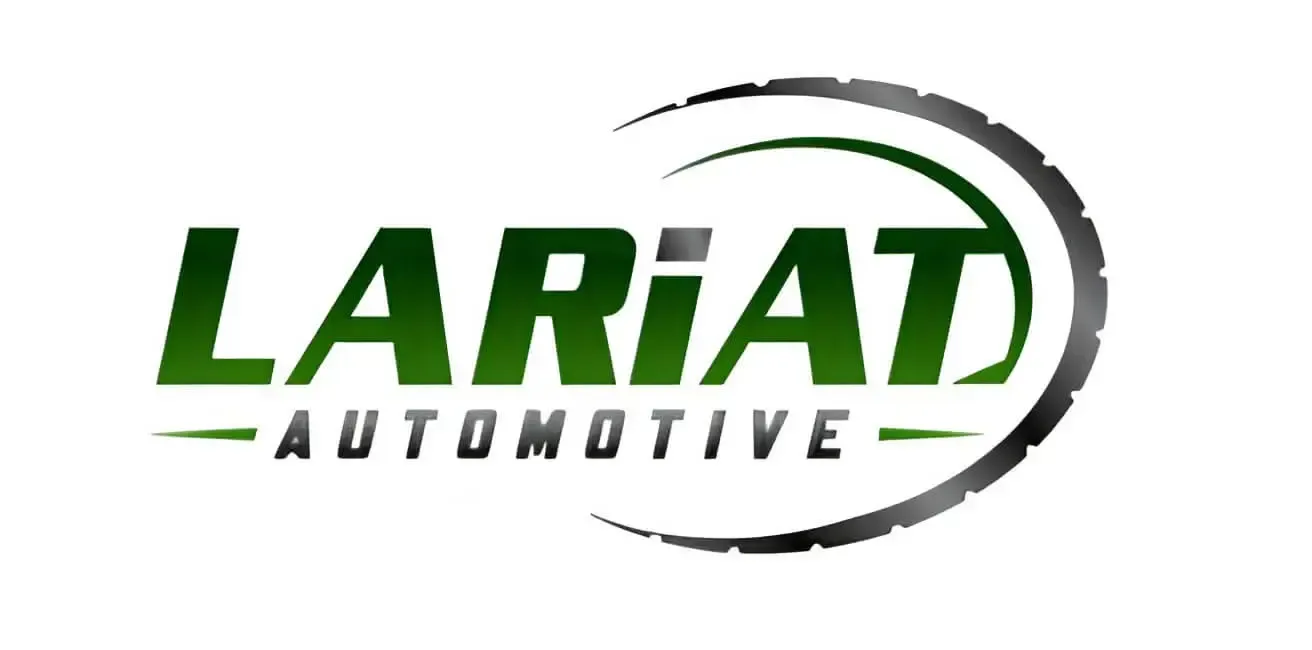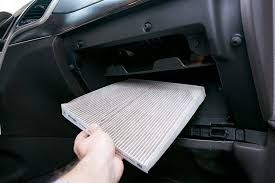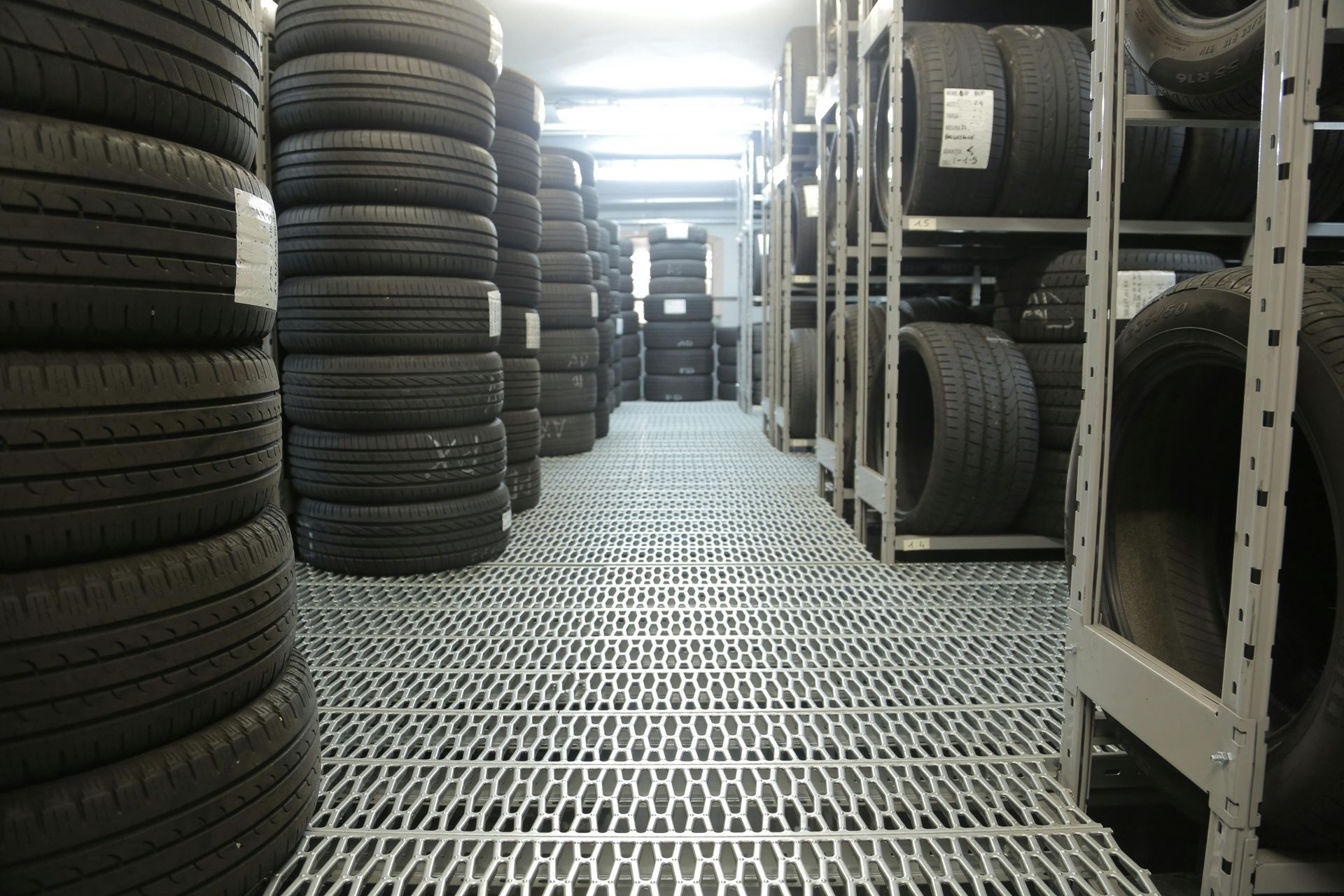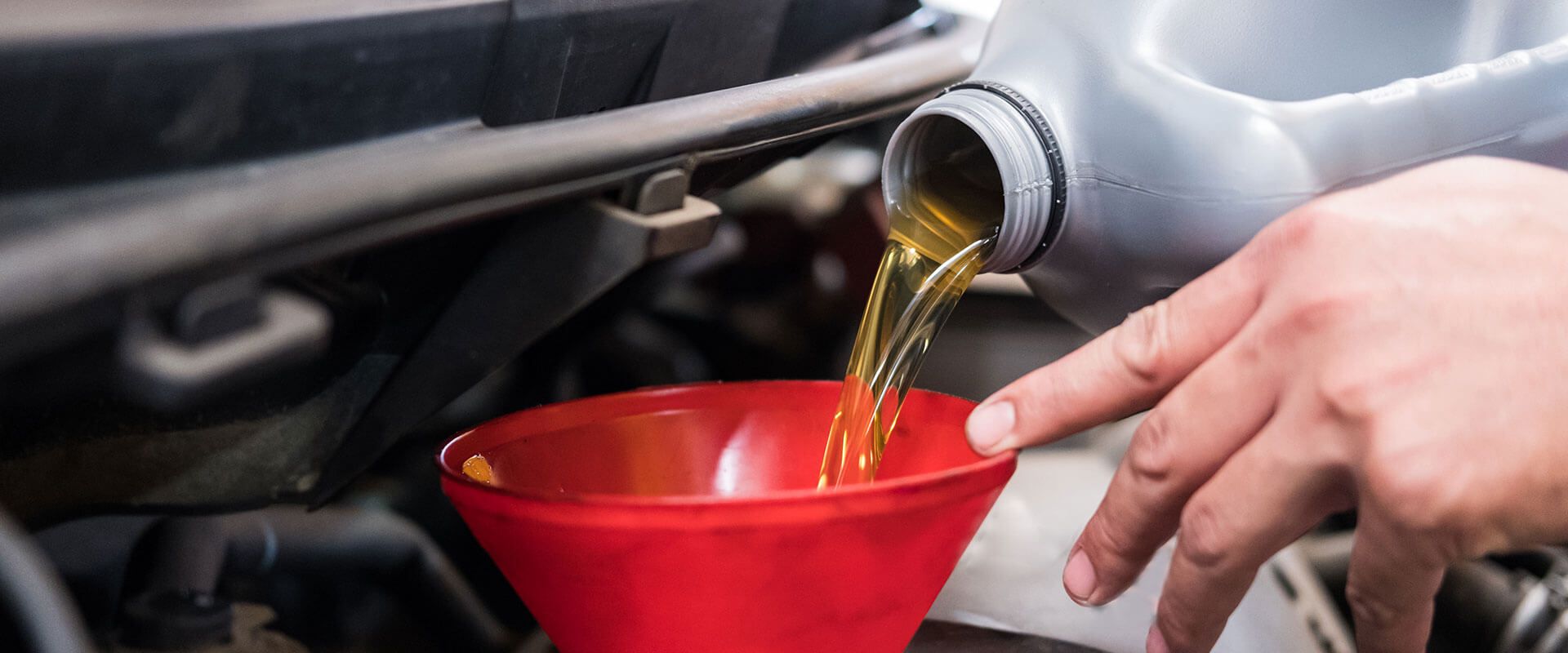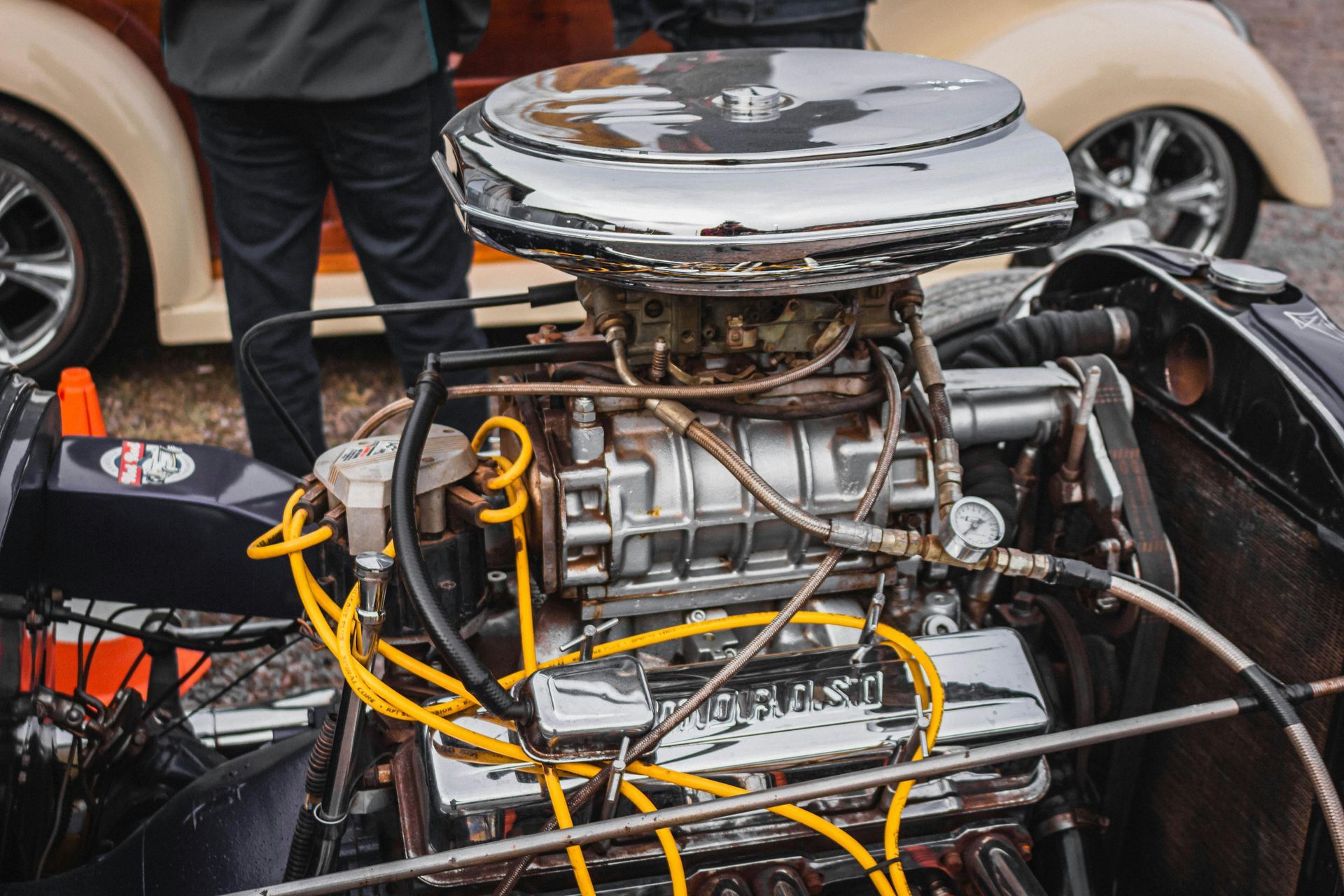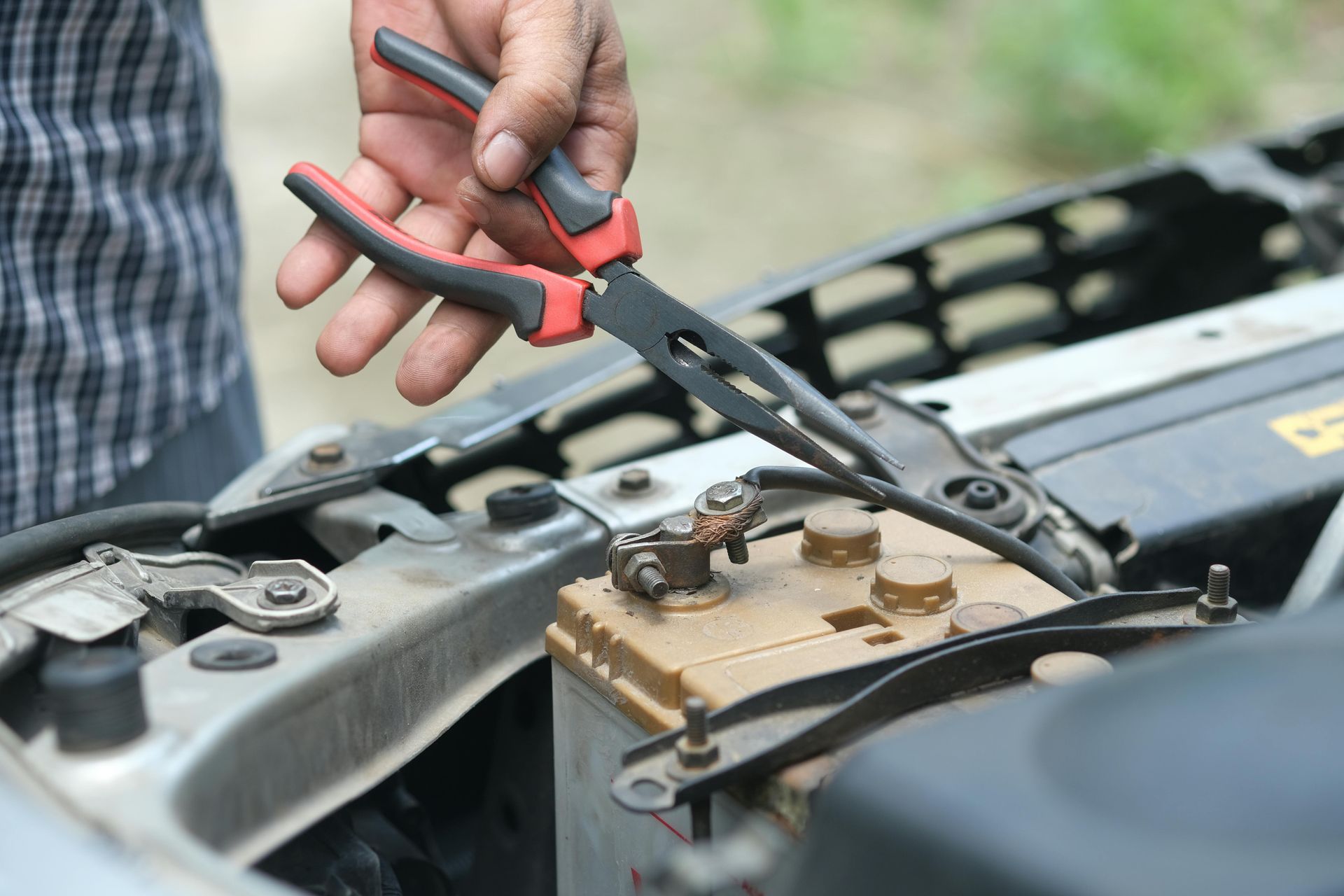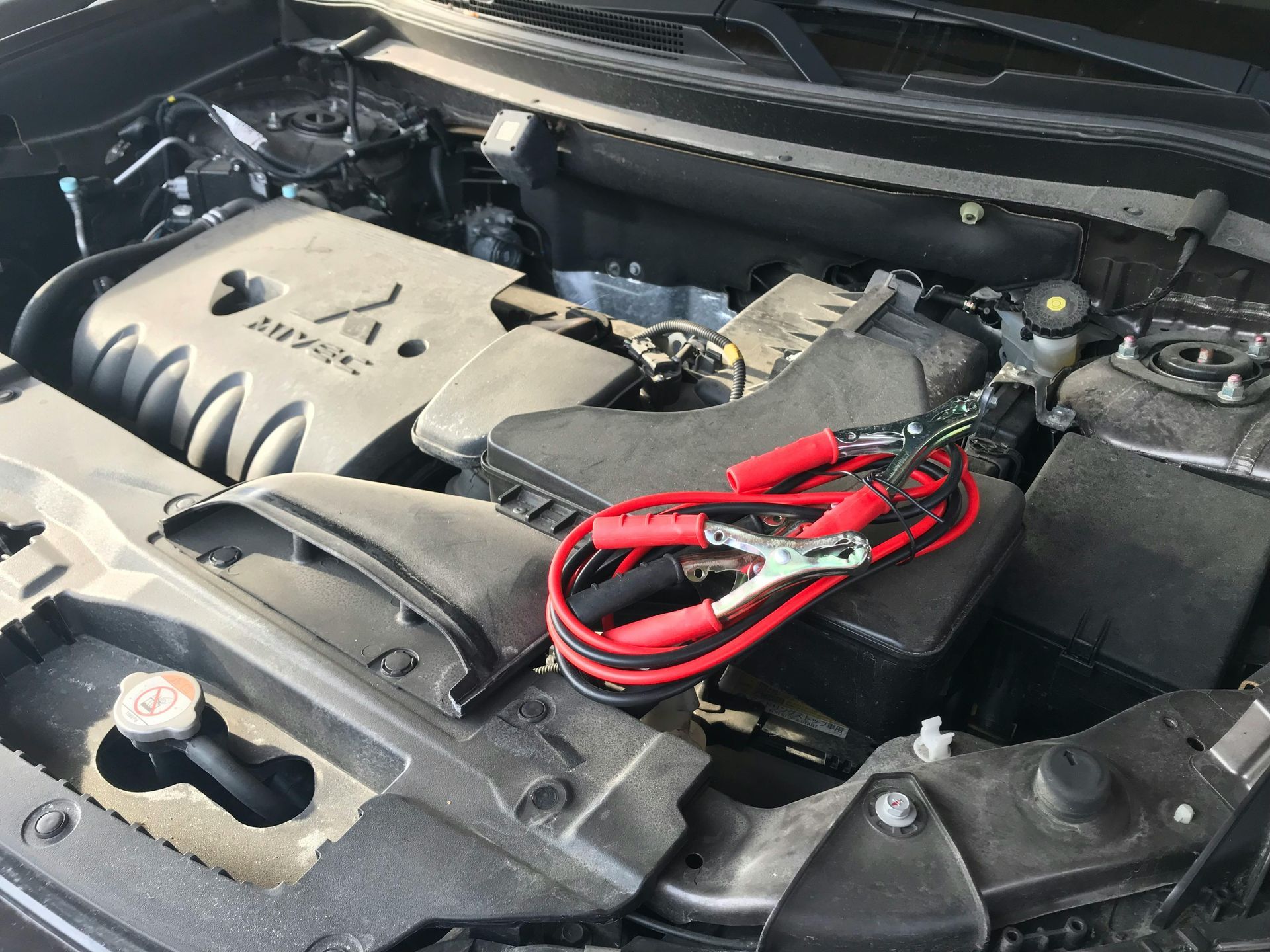The Ins and Outs of Wheel Alignment
Preventing Uneven Tires
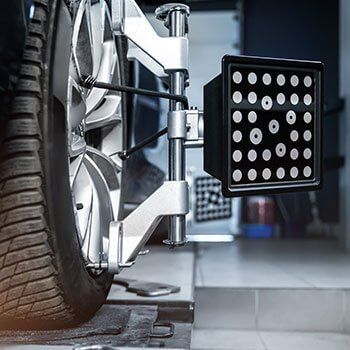
The Ins and Outs of Wheel Alignment: Preventing Uneven Tire Wear
If you've ever noticed your car pulling to one side, heard unusual noises from your tires, or observed uneven tire wear, it might be time to talk about wheel alignment. While it might not be something you think about every time you get behind the wheel, proper wheel alignment is crucial to your vehicle's performance, safety, and the longevity of your tires. In this blog post, we'll explore the ins and outs of wheel alignment, how it affects your driving experience, and how proper alignment can prevent uneven tire wear.
What is Wheel Alignment?
Wheel alignment refers to the adjustment of a vehicle's suspension system, which connects the wheels to the vehicle. The goal of wheel alignment is to ensure that the wheels are positioned correctly in relation to each other and to the road. Specifically, alignment affects three main angles:
- Camber: The angle of the wheel in relation to the vertical axis of the car. If the top of the wheel is tilted outward, it's called "positive camber." If it's tilted inward, it's called "negative camber."
- Caster: The angle of the steering axis when viewed from the side of the vehicle. Proper caster ensures stability when the vehicle is moving in a straight line and helps the wheels return to the center after a turn.
- Toe: The alignment of the wheels when viewed from above. If the front of the wheels is pointed toward each other, it's called "toe-in"; if they point away from each other, it's "toe-out."
These angles must be set to the manufacturer's specifications to ensure that the car handles properly, tires wear evenly, and your ride is as smooth and stable as possible.
How Does Wheel Alignment Affect Tire Wear?
Uneven tire wear is one of the most common signs that your vehicle's wheels are misaligned. When the alignment is off, the tires will not make consistent contact with the road. This can cause certain areas of the tire to wear down faster than others. Here's how improper alignment can lead to uneven tire wear:
- Camber Issues: If your wheels have too much negative or positive camber, certain parts of your tire will wear down faster. For example, excessive negative camber can cause the inner part of the tire to wear out more quickly, while excessive positive camber can cause the outer edge to wear prematurely.
- Toe Misalignment: Misalignment of the toe angle (too much toe-in or toe-out) causes the tires to "scrub" against the road, leading to increased friction and faster wear. Over time, this will significantly reduce the lifespan of your tires.
- Poor Handling and Traction: Misaligned wheels can also affect the way your car drives. You might experience drifting, vibrations, or pulling to one side. This not only compromises safety but also leads to uneven tire wear because the tires are not rolling in a straight, even line.
Signs You Need a Wheel Alignment
If you're noticing any of the following symptoms, it might be time to get your vehicle aligned:
- Uneven tire wear: If one side of your tire is more worn down than the other, it could be a sign of misalignment.
- Vehicle pulling to one side: If you find yourself constantly steering to keep your car straight, it may be a result of poor alignment.
- Steering wheel vibration: A vibrating steering wheel can indicate that your tires are out of alignment, causing uneven wear and affecting vehicle stability.
- Off-center steering wheel: If your steering wheel is not centered when you're driving straight, it could be a sign that your alignment is off.
- Squealing tires: Misalignment can cause tires to squeal, especially when turning, due to increased friction.
How Wheel Alignment Saves You Money
You might think that wheel alignment is just an added cost to maintain your car, but in reality, it can actually save you money in the long run. Here's how:
- Extended Tire Life: Proper alignment helps ensure that your tires wear evenly, meaning they’ll last longer and need to be replaced less frequently.
- Better Fuel Efficiency: Misaligned wheels can cause increased rolling resistance, which means your engine has to work harder to move the car. With proper alignment, your vehicle will run more efficiently, saving you money on gas.
- Improved Vehicle Performance: A properly aligned car handles better, has better traction, and requires less effort from the driver. It makes for a more comfortable, safer ride, and helps prevent unnecessary repairs in the future.
The Importance of Regular Wheel Alignments
Many drivers are unaware of how frequently their vehicle may need an alignment. While it's not something that needs to be done every time you get an oil change, it’s a good idea to check your alignment at least once a year or whenever you notice any symptoms of misalignment. Additionally, alignment should be checked anytime you’ve had new tires installed, after a significant road hazard or accident, or after replacing suspension components.
How Wheel Alignment is Done
Wheel alignment is a precise process that requires specialized equipment. A mechanic will use a machine to measure the angles of your wheels and compare them to the vehicle manufacturer's specifications. If any of the angles are off, the mechanic will adjust the suspension components to bring the wheels back into alignment.
The alignment process is typically quick, taking about 30 to 60 minutes depending on the vehicle, and it's a relatively inexpensive maintenance task compared to the cost of prematurely replacing tires or dealing with handling issues.
Conclusion
Proper wheel alignment is an essential part of car maintenance that directly impacts your tires, driving safety, and overall vehicle performance. By regularly checking and maintaining proper alignment, you can prevent uneven tire wear, extend the life of your tires, and enjoy a smoother, safer driving experience. If you notice any symptoms of misalignment—whether it's pulling to one side, vibrations, or uneven tire wear—it's worth having your wheels aligned by a professional. It’s a small investment that pays off in the long run!


Follow us
Lariat Automotive
Services
Follow us
Lariat Automotive
5142 Rice Lake Rd, Duluth, MN 55803, United States of America
Mon - Fri 7:00 AM - 5:00 PM
© 2024 Business Name. All Rights Reserved | Website managed by Shopgenie
